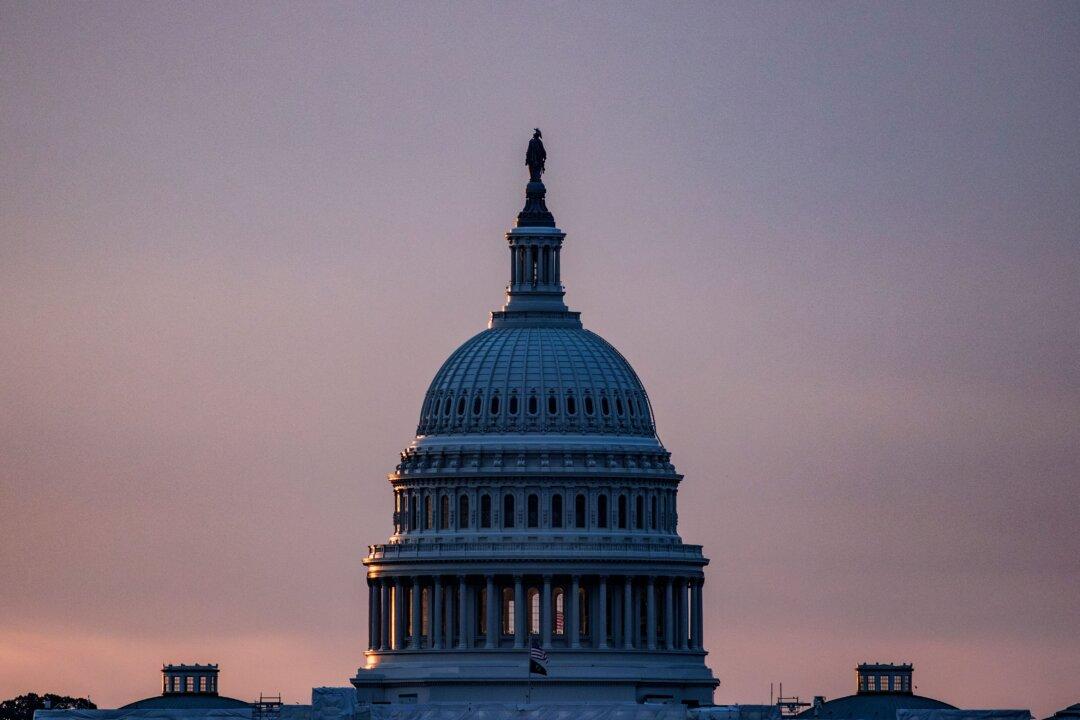Commentary
The COVID-induced government shutdown during 2020 triggered a series of government policies that affected U.S. living standards. The disruption and job losses from the shutdown produced an odd, one-time surge in productivity and living standards. This has been followed by a flat, then down, movement in living standards over the past three years. To understand the reasons for this rise and fall, it’s important to understand how productivity affects living standards.





